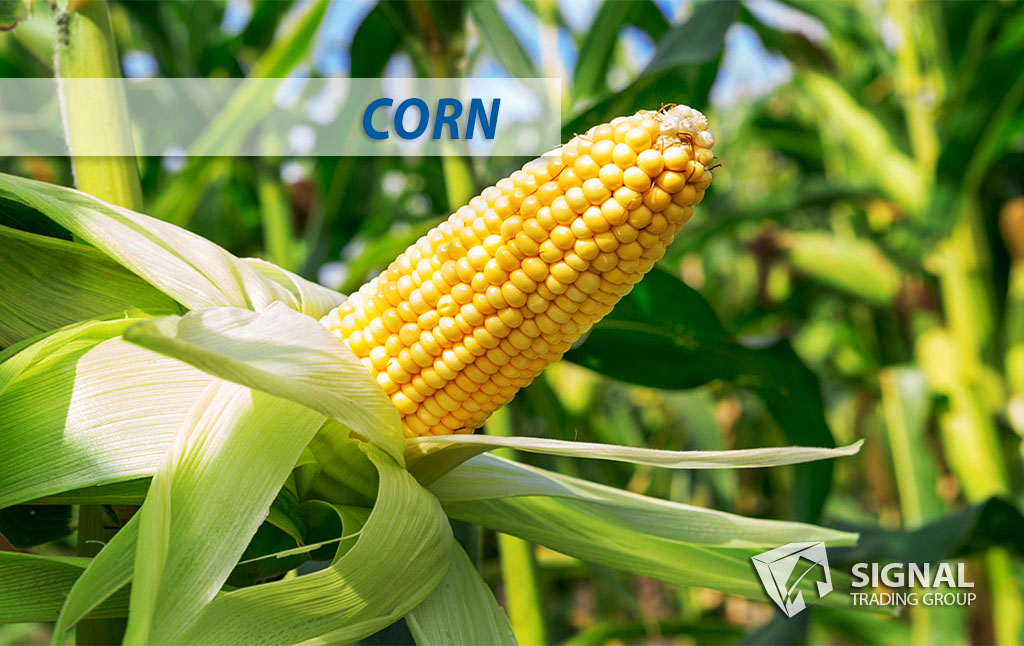The Seasonal Tendencies of Corn
Understanding the seasonal tendencies of corn is essential not only for farmers but also for traders looking to capitalize on market opportunities. Corn, being a major global commodity, has a significant impact on the overall economy. By studying seasonal patterns, traders and investors can make better-informed decisions, and farmers can optimize their planting and harvest schedules. In this article, we will examine the seasonal tendencies of corn, from summer highs to fall harvests, and discuss the factors affecting corn prices at different times of the year.
Summer Highs: Factors Contributing to the Peak in June
Corn typically experiences a peak in June due to a combination of factors. One of the most prominent factors is the impact of weather on corn production. As corn is a warm-season crop, its growth is significantly affected by temperature, rainfall, and humidity. A favorable summer with adequate rain and moderate temperatures can result in a bountiful harvest, whereas severe drought and extreme heat can lead to poor yields.
Another reason for the June peak is the anticipation of the USDA’s World Agricultural Supply and Demand Estimates (WASDE) report. This report provides crucial information on corn production, which heavily influences market prices. Traders often anticipate higher production in these reports, which can increase corn prices during this period.
Fall Harvest: Pressure on Corn Prices
As the Northern Hemisphere transitions into fall, corn harvest begins. This results in an increase in corn supply, which exerts downward pressure on corn prices. Additionally, as the harvest progresses, the extent of any potential production issues becomes more apparent, influencing market sentiment and expectations.
The September Rally: A Seasonal Tendency Benefitting Traders
The September rally has proved to be a beneficial seasonal tendency for corn traders. Typically, between late August and September, corn prices tend to increase. This increase is usually attributed to market participants covering short positions, reduced farmer selling, and increased demand from end-users like ethanol producers and livestock feeders.
The September rally presents an opportunity for traders to capitalize on the price gains and adjust their portfolios against potential risks. However, it’s essential to note that the rally’s magnitude is inconsistent and can be influenced by weather and global trade conditions.
Late September Lows: Causes and Patterns
Following the September rally, late September often sees a drop in corn prices. This downturn is primarily due to an increased corn supply as the harvest continues. Additionally, seasonal demand starts to wane during this period, lowering prices. Traders who can identify the timing of the late September lows benefit by taking advantage of potential buying opportunities.
Weather-Dependent Variations: The Impact on Corn Production and Prices
Weather plays a critical role in corn production. Severe weather events like droughts, floods, and storms can lower production, reducing the global corn supply and increasing prices. Conversely, favorable growing conditions can result in abundant harvests and put downward pressure on prices. Staying aware of weather patterns and understanding their impact on corn production and prices is vital for traders and farmers.
In conclusion, understanding the seasonal tendencies of corn is crucial for anyone involved in the industry. By being aware of the trends, such as the June peak, fall harvest pressure, September rally, late September lows, and variations due to weather conditions, traders can better anticipate shifts in the market and make informed decisions. These seasonal tendencies provide valuable insights for traders, investors, and farmers alike. With the proper knowledge and strategies, traders can capitalize on market opportunities to maximize profits and minimize risk.





